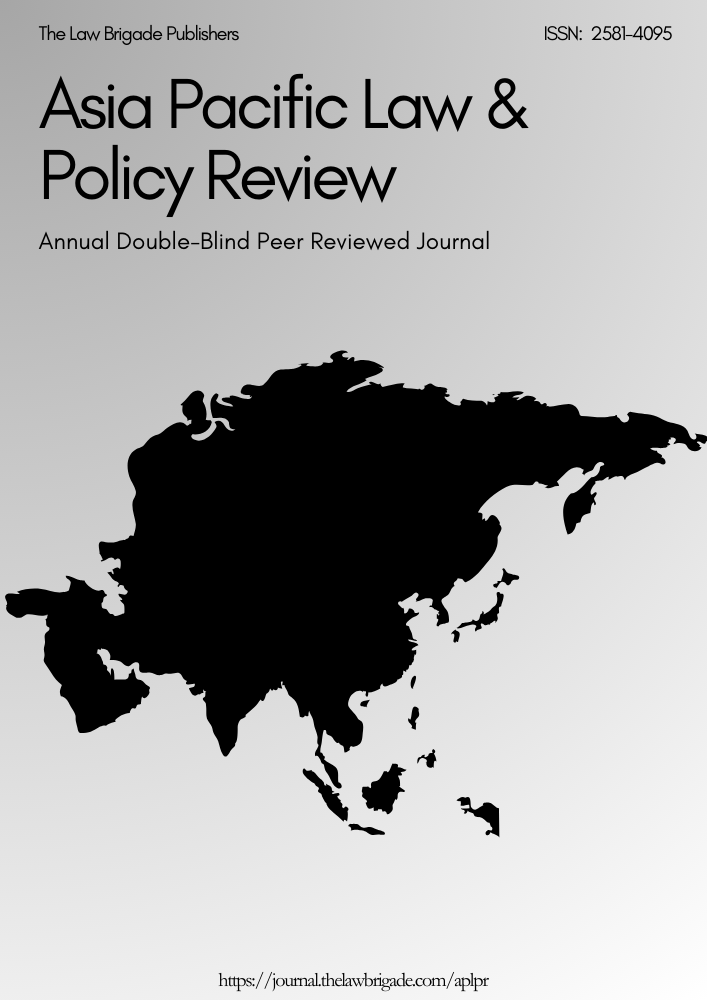THE CONSTRUCT OF AN INDIAN SURROGATE QUALIFYING FOR VULNERABILITY
Keywords:
Surrogacy, India, MotherhoodAbstract
Surrogacy is a practice in which a woman decides to act as a gestational mother for the offspring of another person. Surrogacy may be traditional, i.e., the gestational mother (the surrogate) is also the genetic mother of the offspring she carries, or it may be genetic, i.e., the intending mother or a donor provides the ovum for the procedure. Surrogacy is a widespread practice in India and a complex phenomenon and poses great many legal, ethical and political questions that are as yet unanswered. In 2015, the Government of India made a radical shift in its stance on surrogacy, claiming that commercial surrogacy would no longer be legally permitted in the country. Surrogacy was to be, henceforth, only altruistic. This stance on surrogacy was diametrically opposite to the Indian Supreme Court’s stance in 2008-2009 when during the case of Baby Manji Yamada v. Union of India,4 it legally recognized and in effect legitimized the commerce of the surrogacy industry in India. This legitimacy in effect led to surrogacy becoming a multi-million dollar industry.5 While the industry burgeoned and India came to be known as the cradle of the world6 , ground research revealed that all concerned parties - identifiably surrogate mothers, commissioning parents and surrogate babies - were being potentially short-changed in the unregulated surrogacy industry.7 Concerns were raised that surrogate mothers were being made to sell their motherhood - exploited under the control of a handful of medical experts.8 The shift of the Government in 2015 towards a ban was ostensibly to end the exploitation of surrogate mothers.
Downloads
Downloads
Published
Issue
Section
License

This work is licensed under a Creative Commons Attribution-NonCommercial-ShareAlike 4.0 International License.
License Terms
Ownership and Licensing:
Authors of research papers submitted to any journal published by The Law Brigade Publishers retain the copyright of their work while granting the journal specific rights. Authors maintain ownership of the copyright and grant the journal the right of first publication. Simultaneously, authors agree to license their research papers under the Creative Commons Attribution-ShareAlike 4.0 International (CC BY-SA 4.0) License.
License Permissions:
Under the CC BY-SA 4.0 License, others are permitted to share and adapt the work, even for commercial purposes, provided that appropriate attribution is given to the authors, and acknowledgment is made of the initial publication by The Law Brigade Publishers. This license encourages the broad dissemination and reuse of research papers while ensuring that the original work is properly credited.
Additional Distribution Arrangements:
Authors are free to enter into separate, non-exclusive contractual arrangements for distributing the published version of the work (e.g., posting it to institutional repositories or publishing it in books), provided that the original publication by The Law Brigade Publishers is acknowledged.
Online Posting:
Authors are encouraged to share their work online (e.g., in institutional repositories or on personal websites) both prior to submission and after publication. This practice can facilitate productive exchanges and increase the visibility and citation of the work.
Responsibility and Liability:
Authors are responsible for ensuring that their submitted research papers do not infringe on the copyright, privacy, or other rights of third parties. The Law Brigade Publishers disclaims any liability for any copyright infringement or violation of third-party rights within the submitted research papers.


